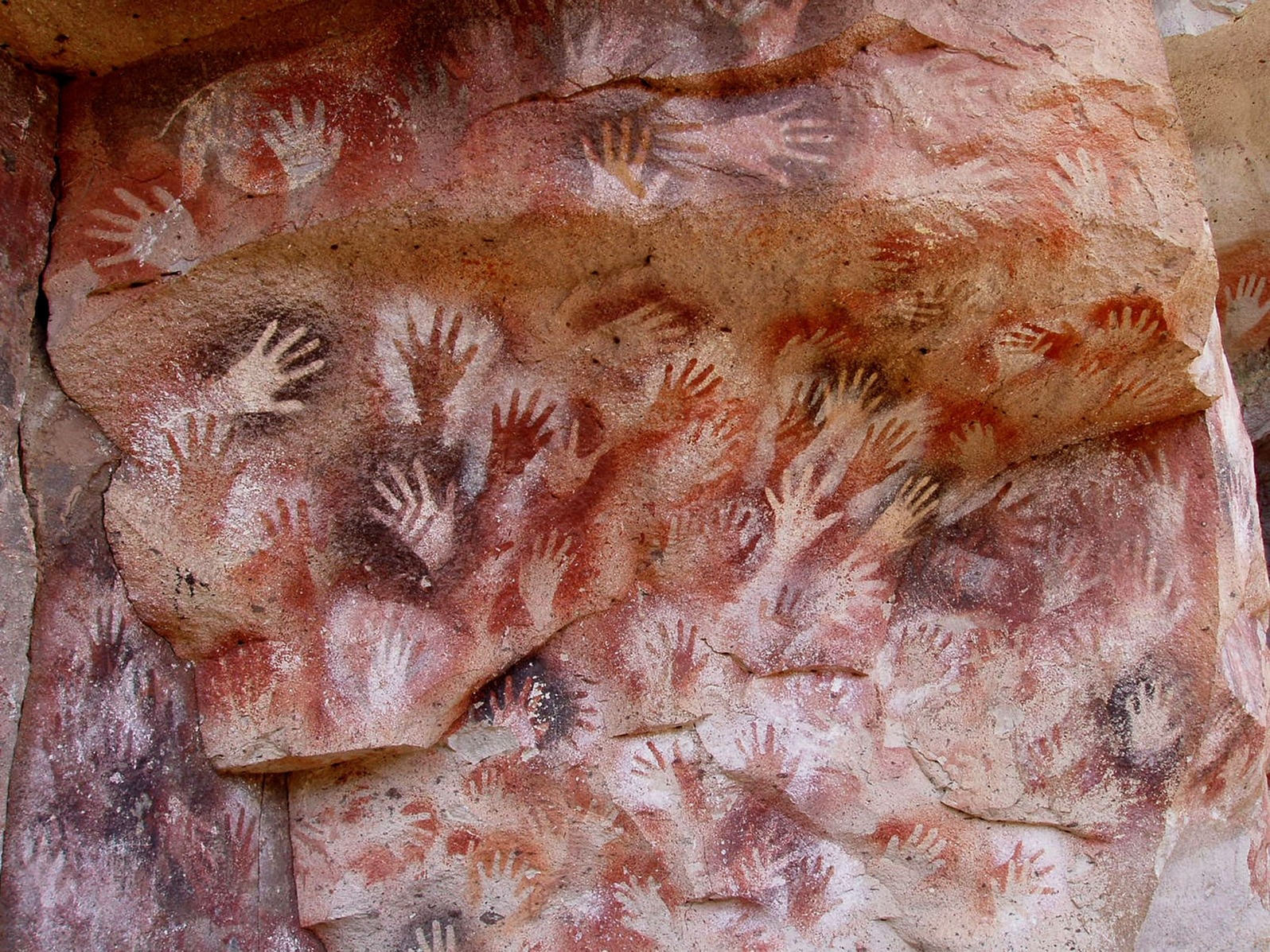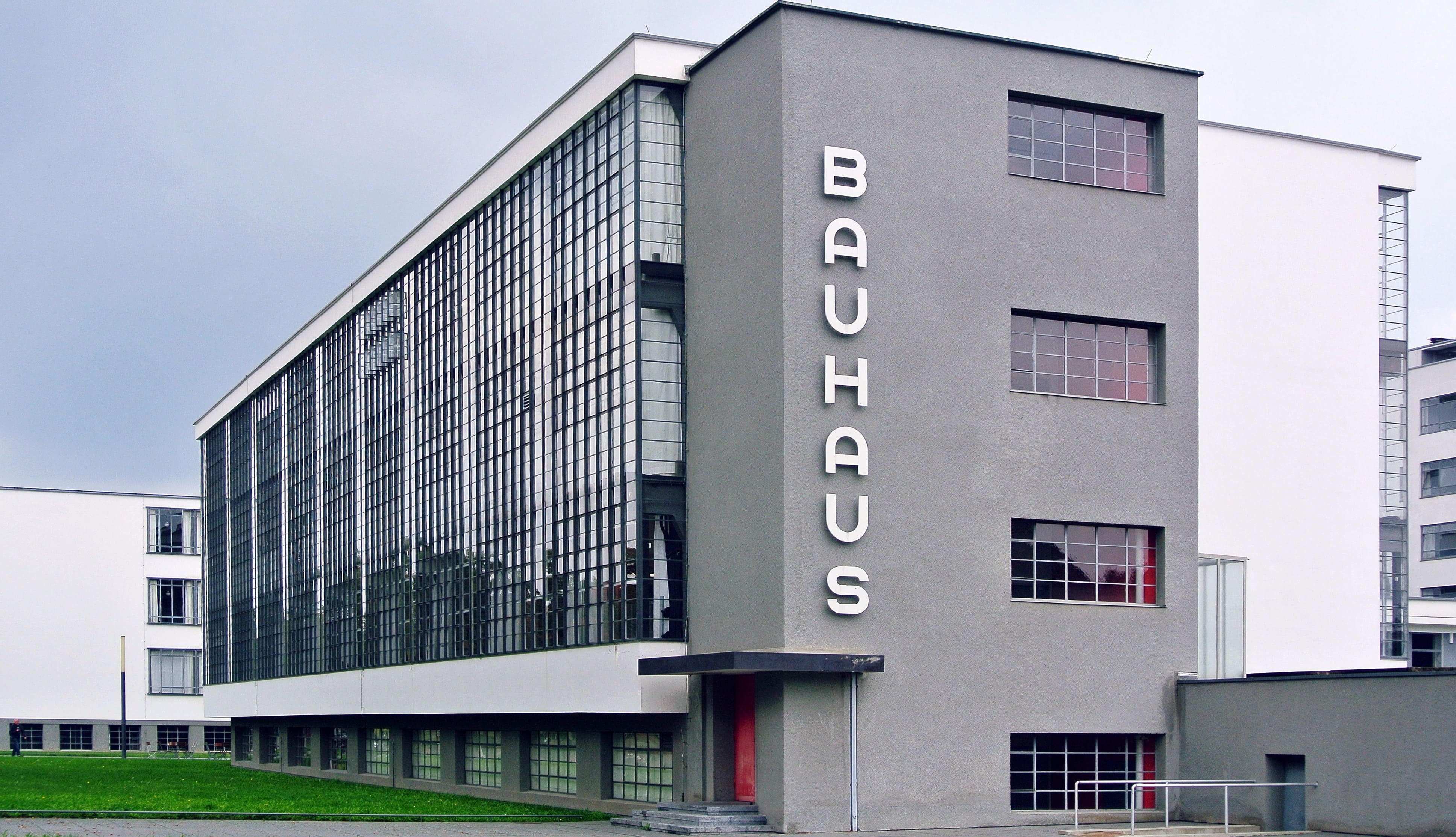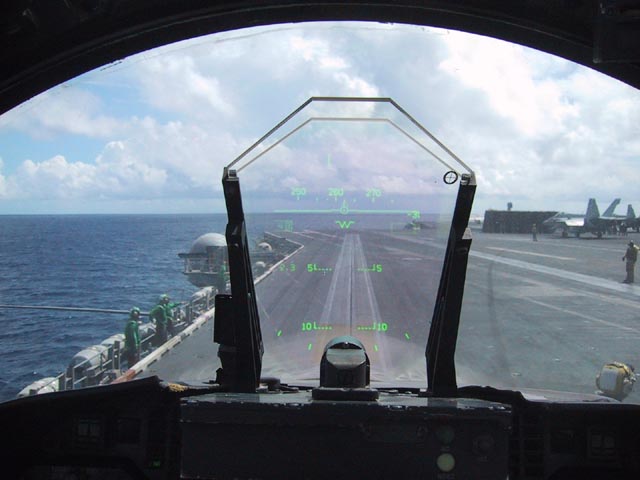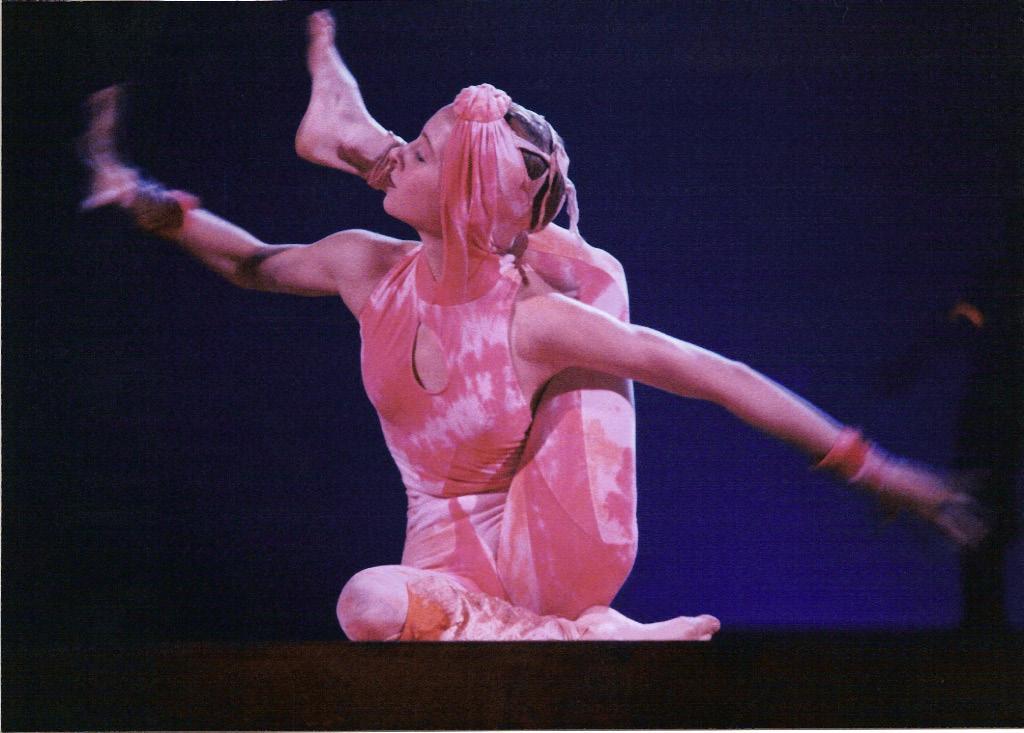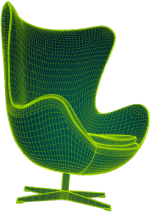THE HISTORY OF 3D RENDERING: Virtual reality
Virtual Reality (VR) can be defined as an artificial computer- generated world created by software.
The history of Virtual Reality (VR) is strongly connected with the development of Augmented Reality (AR), but there are specific VR landmarks that cannot be bypassed.
The term VR was first introduced in the book The Theatre and Its Double, published in 1958. It was the English translation of the book by the French playwright Antonin Atraud.
Damien Broderick was the first author to use the term in his 1982 science fiction novel The Judas Mandala.
The usage of the term in its modern sense is attributed to Jaron Lanier, founder of VPL Reseach and developer of VR hardware at the end of 1980s.
Another early application of the term was in a 1992 horror film Lawnmower Man, where some evil methods of VR were described.
There are several forms of VR: Augmented Reality (AR), Mixed Reality (MR), Cyberspace, Simulated Reality.
AR is a form of VR where the real world merges with computer generated material. The objects of the real-world are complemented by virtual imagery.
MR is a mixture of VR and actual reality that generates quite new images and environments with the real time interaction of real objects and visualizations.
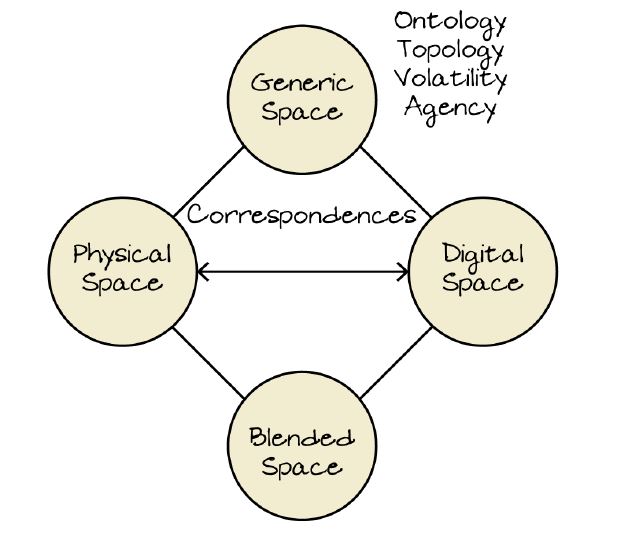
Cyberspace is the global extension of VR via the Inet.
Simulated Reality makes the user completely immerse in VR, gaining experience similar to real life.
Methods of practicing VR are also diverse. Some of them require specific hardware, others can be performed on just one capable device.
In desktop - based VR 3D visualizations emerge on a desktop display, none of special equipment is needed, as in the first-person computer games. The same method of VR can be practiced on a mobile device.
The next method is avatar-image based VR, where users can choose their own avatars to represent themselves in virtual environments. An avatar may be a typical 3D digital image or a real video.
Simulation-based VR gives users the fully immersive experience in different stimulators: flight simulator, parachute simulator, driving simulator, sail simulator etc. VR stimulators create for their users impessions of real activities, imitating actual vehicles and their motion, speed and sounds.
One more method is projector-based VR, where it is vitally important to model real environment for different VR applications, such as construction modelling, robot navigation, etc. Small close objects can be modelled with the use of a camera.
The Forerunners
View-Master
View-Master is one of the earliest precursors of modern VR devices. This stereoscopic system was developed by Sawyer’s several years after Kodachrome colour film emergence and comprised a device for stereo vision and a set of reels with stereoscopic images. View-Master was introduced at the 1939 New York World’s Fair. Lists of reels originally included tourist attractions and sights, later the gadget was designed mostly for children as a stereoscopic toy and featured cartoon characters. View-Master has come a long way from 1939 to nowadays, transforming its shape and materials, but keeping design for basic mechanisms and reels intact, so it is still possible to use the 1939 reels. Overall there have been about 25 models, including the current ones with the use of smartphohes and mobile apps, featuring modern VR technologies. The gadget has had more then thousand names and nearly 1,5 billion reels have been produced for it.

View-Master is one of the exhibits in the National Toy Hall of Fame, housed in the Strong National Museum of Play in Rochester, New York, USA. The remarkable stereoscopic toy has found its place among such prominent participants as Barbie, Lego, Monopoly, Teddy Bear, Duncan Yo-Yo, Play-Doh, Roller Skates, Frisbee, Marbles, Hula-Hoop, Crayola Crayons and… Would like to enlarge the list of memories? Just visit the museum!
Videoplace
Videoplace was an Artificial Reality laboratory, set up by Myron Crueger, an American computer artist and one of the trailblizers of VR and AR, at the University of Connecticut in the mid-1970s. The lab represented several rooms, connected by the net and equipped with screens, projectors, video cameras and specialized hardware. The users in the rooms could see their own silhouettes on the screens as well as the silhouettes of other participants. It was possible to manipulate the silhouettes, change the size and colour and add some visual objects. Thus the immersion in Artificial Reality environment was gained without any specialized devices like googles or gloves.
Videoplace was an improved iteration of several pevious systems of Artificial Reality: Glowflow, Metaplay, Physics Space. Myron Crueger’s 1983 book Artificial Reality appeared as a result of the Videoplace reseaches.
Nowadays Videoplace is displayed at the State Museum of Natural History at the University of Connecticut.
The following art and scientific life of Videoplace was rather intense and full of events, as it was widely displayed in the USA, Canada and Japan. It took part in the SIGGFAPH Shows in 1985 and 1990, participated at Computer-Human Interaction Conferences in 1985 and 1989 and was displayed at the 1990 Arts Electronica Festival.
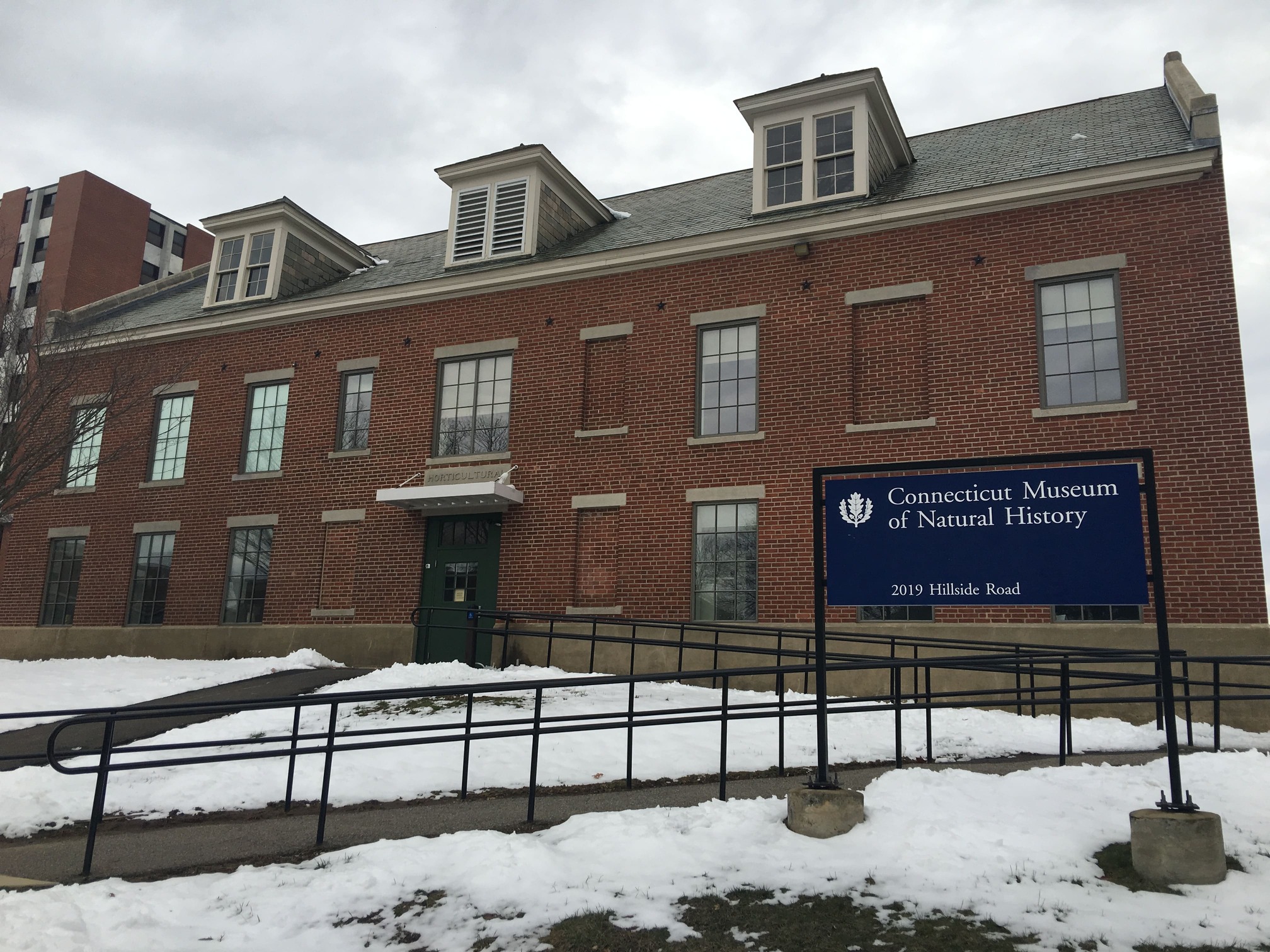
Videoplace hardware was later used by Crueger in his subsequent novelty, Small Planet, where users could “fly” over CG 3D planet. Small Planet was also demonstrated at several exhibitions in the USA, Japan and Italy.
Among other precursors of VR in the pre-digital age there can be named such novelties as Sensorama (developed by Morton Heilig in 1957-1962), Sword Of Damocles (designed by Ivan Sutheland and his team in 1962), EyeTap (Steve Mann, 1980) and Head-Up Display (HUD) - the last two pioneered wearable systems of computer vision.

